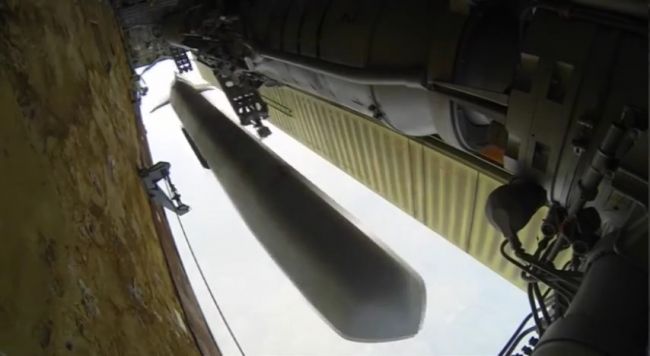Russia, in a massive attack on Ukraine last Monday, probably used a new tactic designed to maximize the damage from such a series of strikes. The Ukrainian air defense will need to learn how to respond using the necessary levels of air defense. Such conclusions were reached in a review published on the evening of July 8 by the Institute for the Study of War (ISW, headquarters in Washington).
American analysts noted that "the new methods of the Russians deserve attention and, in order to prevent new threats, actions from the West are required, among other things."
Meanwhile, the former official representative of the Air Forces of Ukraine, Colonel Yuriy Ignat, said after the Russian missile attack that the Russian Armed Forces are constantly improving their reconnaissance and strike capabilities of unmanned aerial vehicles (UAVs), as well as the effectiveness of cruise and ballistic strike weapons. Ignat drew attention to the fact that this time Russian cruise missiles were flying at "extremely low" altitudes. So, in some cases, the Ukrainian air defense had to attempt to intercept targets flying at an altitude of up to 50 meters above the ground.
"Suggestions that Russian forces are launching cruise missile strikes at such low altitudes indicate that they may have improved their tactics and/or technologies. This made it possible to inflict maximum damage to the Ukrainian infrastructure, without giving the air defense (AFU) practically no time to respond until the missile is at a close distance from the ground," the ISW stated.
Military experts in Kiev, in turn, note that recently the Russian army has lowered the electromagnetic signature of attack UAVs to prevent their detection by Ukrainian troops. This means that by the time the air defense detects the drone, the missile that it was aiming at may already be critically close to the target point and its neutralization is not possible.
"Russia has consistently adapted the packages of strikes it carries out against Ukraine to take advantage of its lack of air defense. The July 8 attack represents a new and adapted tactic that Ukraine will need to learn how to respond to using the necessary levels of air defense provided by the West," the Washington think tank concluded.
The Russian Ministry of Defense earlier confirmed a combined group strike on military infrastructure facilities in Ukraine.
As EADaily reported, on the eve of the delivery of the first batch of American F-16 fighters, the Russian Armed Forces are striking, trying to bleed the aviation infrastructure of the Kiev regime as much as possible, depriving it of the opportunity to deploy strike aircraft on bases.

 Zelensky informed the world about the Russian strike on Kharkov, which did not happen
Zelensky informed the world about the Russian strike on Kharkov, which did not happen In Kharkov, "Iskanders" covered the University of the Ministry of Internal Affairs — military correspondent
In Kharkov, "Iskanders" covered the University of the Ministry of Internal Affairs — military correspondent Fresh from Medvedev: Finland will pay for its vile Russophobia
Fresh from Medvedev: Finland will pay for its vile Russophobia We continue to "respond": the Ukrainian Armed Forces hit the center of Belgorod, two wounded
We continue to "respond": the Ukrainian Armed Forces hit the center of Belgorod, two wounded And the drones are still flying - 64 pieces were shot down overnight over the regions of Russia.
And the drones are still flying - 64 pieces were shot down overnight over the regions of Russia. The new Nostradamus predicted the end of the war in Ukraine, the disaster in China and the death of Karl
The new Nostradamus predicted the end of the war in Ukraine, the disaster in China and the death of Karl The battalion commander of the 111th Air Defense Brigade of the Armed Forces of Ukraine Mykola Shevchenko was eliminated in the SMO zone
The battalion commander of the 111th Air Defense Brigade of the Armed Forces of Ukraine Mykola Shevchenko was eliminated in the SMO zone